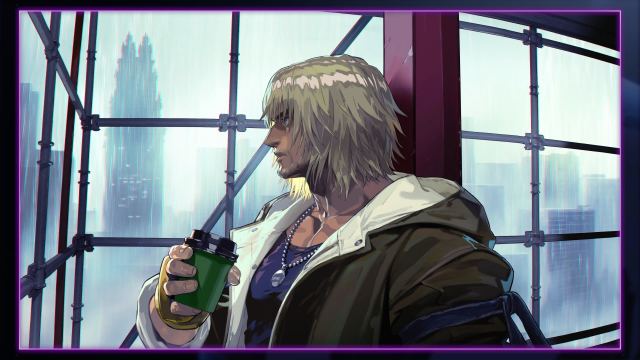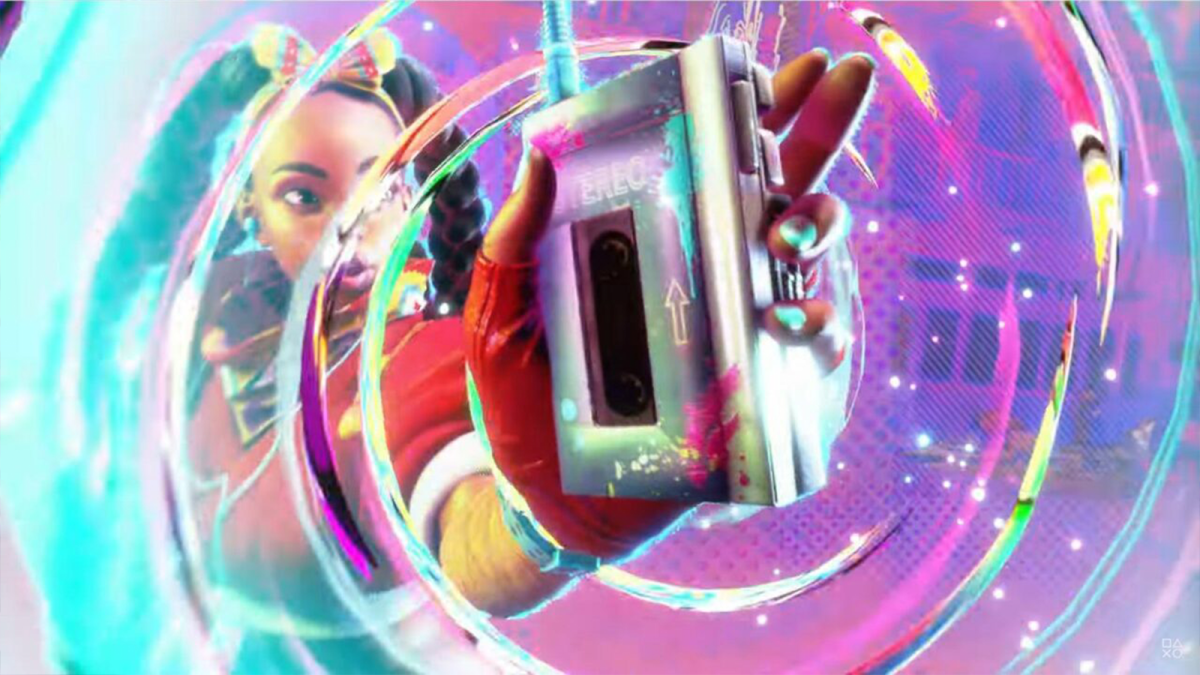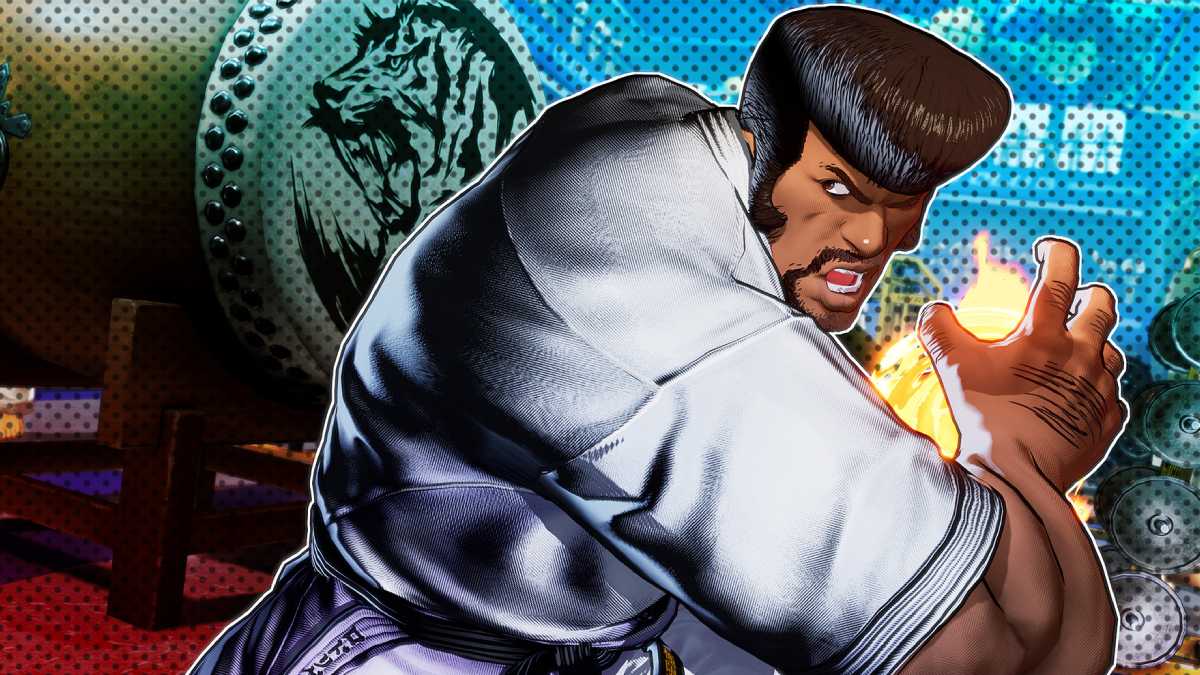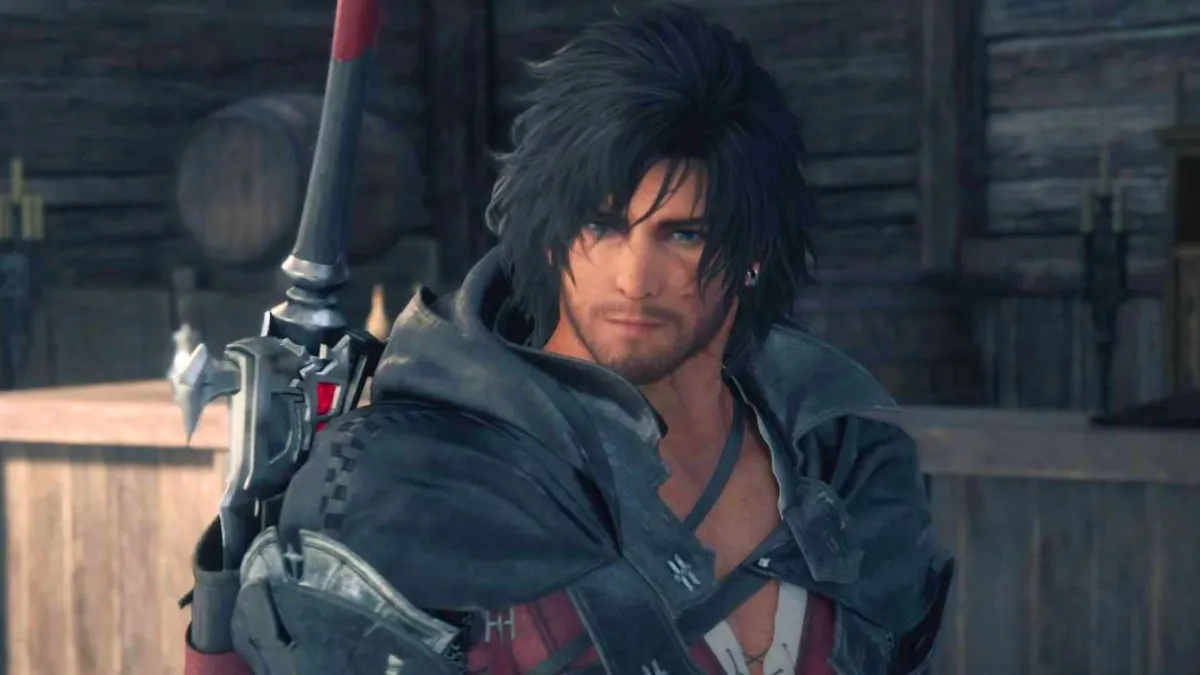Music is a key factor in giving any video game an identity because it works to complement and enhance other areas that players might not even notice. Capcom made it a priority to dive deep into the rich history of hip-hop aesthetics and give each part of Street Fighter 6 its own unique feel from the very start of development.
SF6’s lead composer Yoshiya Terayama has a history of working his soundtracks into every element of his projects—with Devil May Cry V and The Great Ace Attorney 2 acting as perfect examples of the blend. At each stage of the game, there are parts of the soundtrack that tie into key things like a character’s storyline or different moves, which became the “initial foundation” for everything you hear at the moment while playing.
Terayama told Dot Esports that Capcom wanted to make an initial impression on players when they got through the title screen by giving each game mode a unique theme and feel that corresponds to the “aesthetics beyond the starting point.” Hip-hop has plenty of different identities and interpretations, which allowed for the sound team to really grab elements that matched the direction for each of the three “directions” players could take.
World Tour was designed as colorful and vibrant with a focus on street art and music that can be fluid to match different vibes while the Fighting Ground took on more of an “dark, underground feel” accentuated by neon colors fit for head-to-head matches. Terayama says the Battle Hub was the most interesting to work with because it needed to give off a feeling of “a place where community joints together,” which led to an approach deriving from jazz for a “pleasing” real-time experience.
That approach to isolating individual elements of game design that would then play into how Terayama and his team built out music around it was a major part of how character themes were approached too. SF6 game director Takayuki Nakayama told Dot Esports that it is a “core Street Fighter philosophy” that every numbered game always has to be something new, including from a musical perspective.
The team wasn’t going to reuse old themes and decided early on that hip-hop was the direction they wanted to go visually and musically, which led to hours of Terayama and Nakayama listening to music from past Street Fighter entries to identify an “essence” to keep for each character’s new theme. Nakayama bemoaned being unable to use his favorite theme, Ryu’s from Street Fighter III, but “everything has to change when we make a new Street Fighter.”
“We visualized each character literally walking out on the street, exposed to the world, and what kind of music should be playing for them,” Terayama told Dot Esports. “We wanted to differentiate from the past and make something for a new era. We listened to past melodies, identified what character themes are important, and the elements tied to the essence of those iconic characters we wanted to keep and respect.”
Terayama specifically mentioned that Ken’s theme went through several major changes during development because they wanted to implement elements of him being on the run with a “dark but cool type of feeling” that could portray the drama of his story through just music. The sound team took it a step further, adding something unique for only Ken too.

“For every character, their music changes when you’re low on health,” Terayama said. “It shifts to convey a sense of danger and urgency, but for Ken uniquely, we made it so the theme becomes cooler and portrays the feeling that something is going to happen while reducing that danger aspect. A unique sense of cool just for Ken.”
One early version of Ken’s SF6 theme that the team ended up scrapping was actually used for Final Fight’s Carlos Miyamoto when he makes an appearance in your World Tour journey.
Trying to blend music and gameplay in all of these unique ways did lead to some challenges throughout development. Terayama said there were plenty of examples but Kimberly’s level three Super Art immediately popped into his mind as the perfect look at the team’s final goal through this approach.
When using Kimberly’s level three, she pulls out a cassette player that includes an audio tape that belonged to a family member and heavily plays into her love of 80s and 90s culture. Once she hits play on the tape, the music for the entire round changes to Bushin NinjaStar Cypher, a track named alongside the move and designed to fit it “in the context of a fighting game.”
There is even an alternate version of that same track with vocals which will only play when two Kimberly players are facing off and both have used level three Super Arts.
Terayama would work closely with devs outside of the sound team, including endless hours spent going over tracks in that context of actual gameplay with Nakayama, to make sure what they wanted was plausible but also “nail” what they were going after for the “new era” in SF6.
As a lover of fighting games, Terayama wanted to ensure SF6 was a production that met fan expectations while being interesting to an audience who may have never touched the franchise before. It was “challenging from a compositional aspect” but something he loves and appreciates about his job.
“It can be challenging to switch gears between projects and go for something quite different,” Terayama said while grinning. “But that’s also the beauty of the job, where I can be versatile and really apply new approaches to music composition.”







Published: Sep 12, 2023 09:43 am